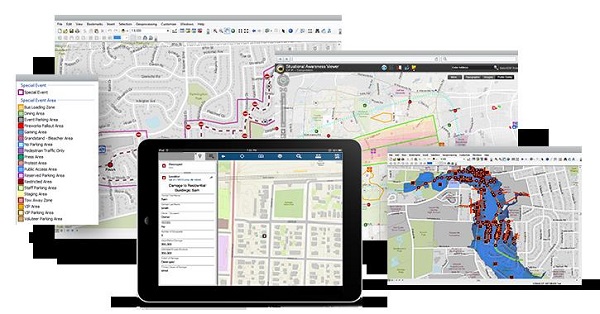Increase your customer base by putting actionable information into the hands of people that need it.
As we’ve already mentioned in our Managing GIS series, the expectations of mapping have changed for both executives and your customers—the consumers of geographic information. In a government agency, your customers are not just your colleagues, but also the public. As GIS professionals, we have to adjust to this changing landscape, and in doing so we are provided with new opportunities to make ourselves indispensable by showing the full value that GIS can actually bring to the organization. And one of the keys to doing this is to increase our customer base by exceeding their expectations.
Several years ago, I was in a meeting with a GIS manager and a CIO. The Community Planning Director interrupted the meeting briefly and asked the GIS manager for an updated map of foreclosures in the county. The GIS manager quickly agreed to do this, the director left, and our meeting continued. It was absolutely all I could do not to stop the director before he left and ask him one important question:
“Why do you need the map?”
How would you create a map like that without knowing why you were creating it? The map is an information product…a means to an end. But there is a need behind the need. I’m sure the director didn’t wake up that morning and say, “I’d love to see a depressing map about foreclosures to get my day going.” No, there was an actual need driving that request. Maybe he wanted to see the correlation of blight and crime in proximity to the foreclosures. Maybe he wanted to see how property values around these foreclosures had been affected. For all that director knew, a printed map of foreclosures was his only option.
“Why do you need the map?” If we don’t ask that question as GIS professionals, we’re just guessing at the answer. We’re very likely not really addressing a need by just sending that director a bunch of dots on a map. By engaging our customers, though, and asking questions, we can reveal the need behind the need and put actionable information into the hands of people that need it.

Spatial analysis is one of the things that make you special.
Consider this: Your customers probably don’t have the level of knowledge about spatial analysis that you do. They probably don’t know what can really be done. It’s up to you to guide them. In this sense, think of yourself as a sort of Spatial Doctor. The customer is telling you what they need, and you have to ask the right questions to find out how to give the proper diagnosis. It’s up to you to stay on top of the analysis tools at your disposal, what they do, and when to use them. And there are a number of free and low-cost training options that can help you do this.

Keep it simple. Keep it focused.
In this day and age, it’s important to remember this philosophy. Don’t over-complicate the solution. Provide a focused solution. Yes, you could provide an additional layer or twelve, maybe even a few extra tools…but are those really needed to get your customers where they need to go? Antoine de Saint-Exupery, an early aviation pioneer, had a great quote that is timely even today:
“A designer knows he has achieved perfection not when there is nothing left to add, but when there is nothing left to take away.”

Give them what they want. And then some.
You exceed your customers’ expectations when you go beyond their map requests, address the need behind the need, and deliver a solution that helps them do their job better or answer a pressing question. At the core of it all, that’s what you do as a GIS professional. You provide solutions that provide spatial insight into your organization. You solve problems! And this is yet another way you become a trusted advisor and a mission-critical component for your organization.
insider